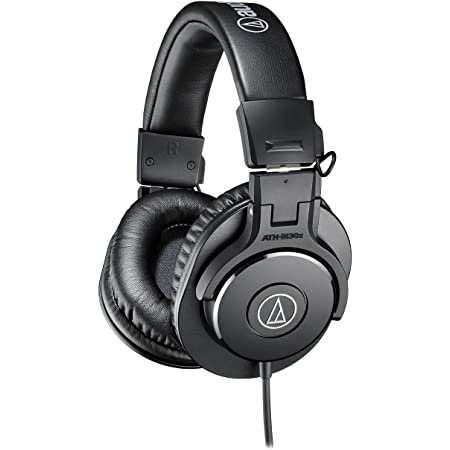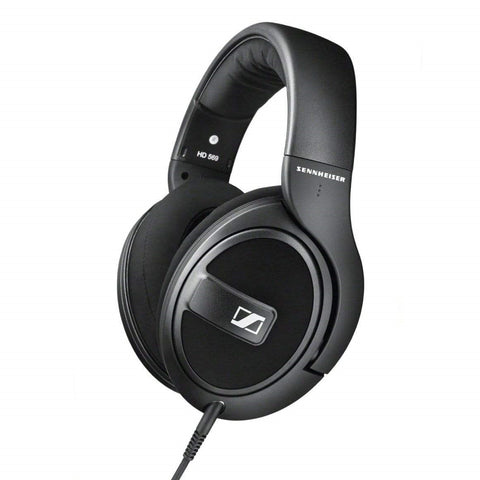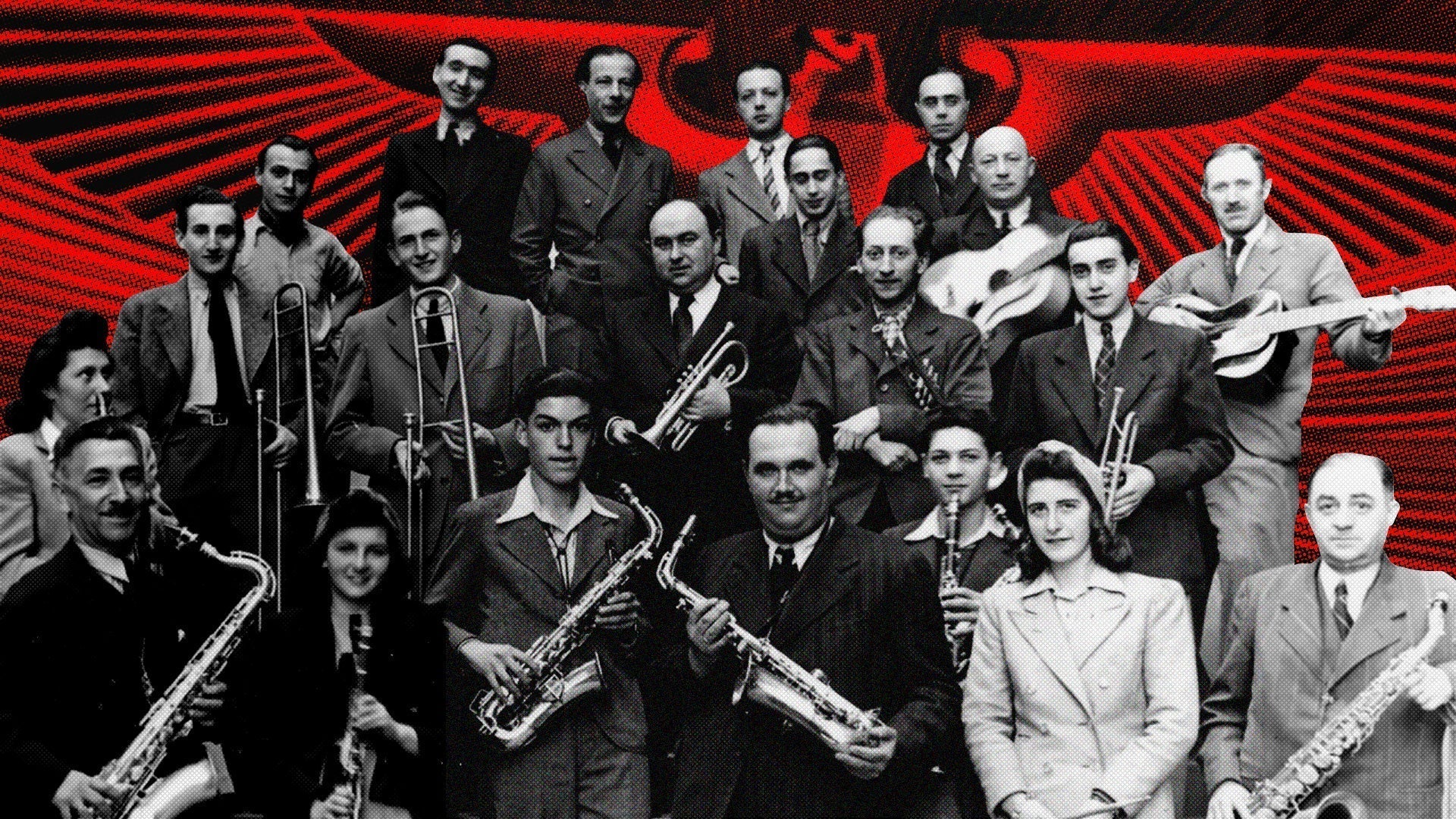What are Monitor Headphones And How Are They Different?
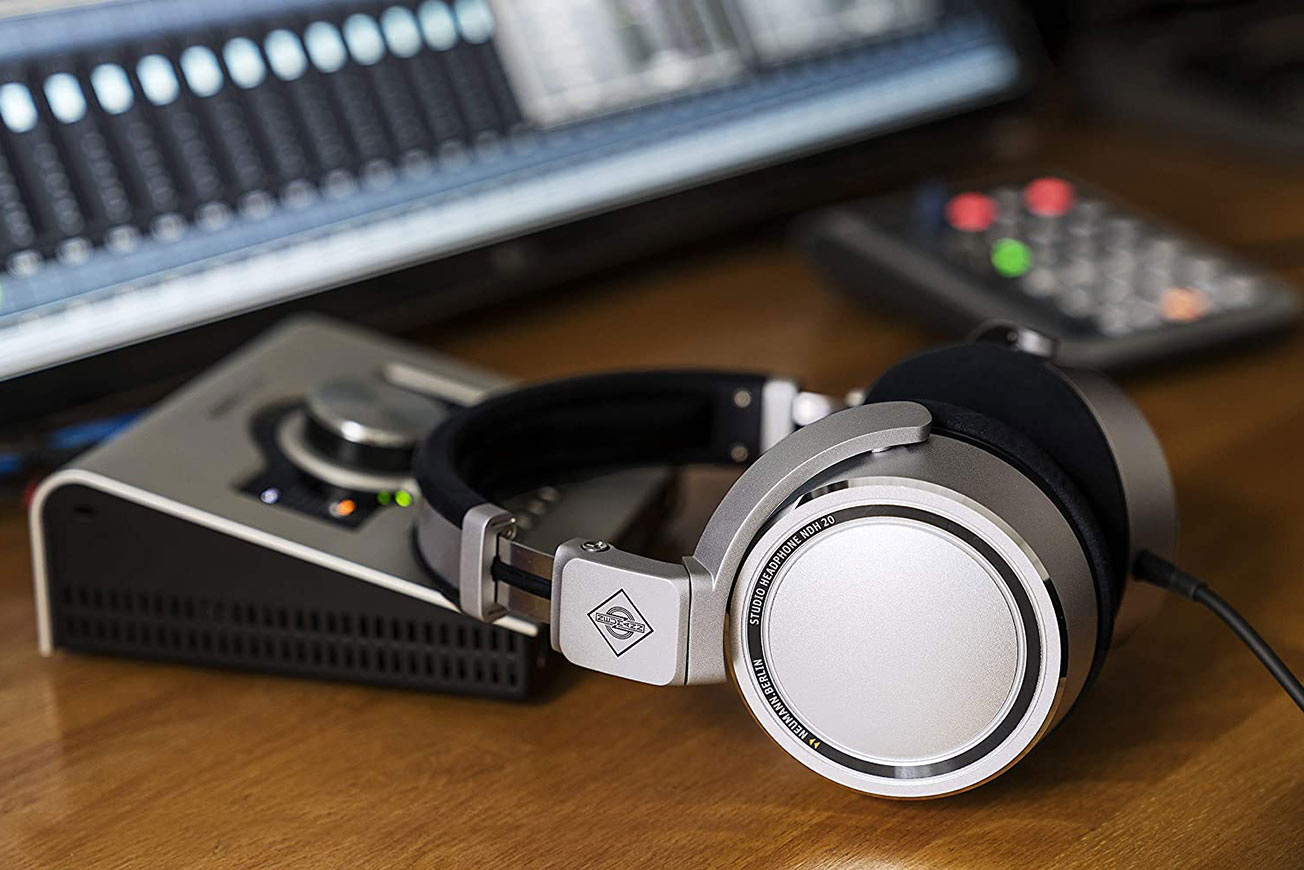
When you listen to a song through a good pair of headphones, you almost always think to yourself, "I didn't realise there was this instrument on this song!" A good pair of headphones reveals a lot of details that lower quality speakers or earphones would miss.
Monitor Headphones are such headphones that offer a detailed and accurate presentation while listening to music. They work extremely well for professional musicians looking to produce as well as people who just want to groove to some tunes.
Such headphones are designed to sound accurate and not just pleasing. As the name implies their primary purpose is to monitor a recording in the studio.
People these days will look for booming bass, thick mids, and shrill highs, and that is what is considered good quality sound. Monitor headphones might seem indifferent to many headphone users because they are certainly made for an esoteric ear.
These headphones offer a sound of superior quality with the least alterations, they don’t have an artificially boosted low end to enhance the audio in any way. The many pros of studio headphones make them especially ideal for any creative person who is into music production, sound design or podcasting.
The variety of Monitor Headphones available these days might make it confusing for you to choose what suits your needs the best. We have come up with the perfect guide for you to understand Monitor Headphones 101.
1. What are Monitor Headphones?
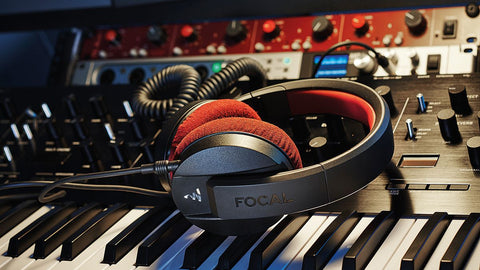
Also known as studio headphones, monitor headphones are made to reproduce sound that is as close to the original recording. Many different types of monitor headphones like overhead, open back and closed back are available to satisfy specific needs of the user.
Essentially these headphones are more useful for professional users but they also provide a more comprehensive listening experience as well. They have a flatter frequency response than standard models that makes the sound feel bright and authentic.
2. Why do you need Monitor Headphones?
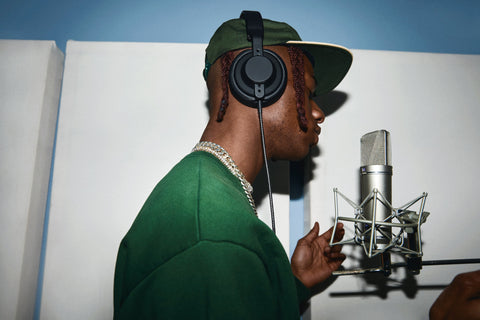
Studio Headphones offer the broadest range of frequency extension. They also provide exceptional depth and intricacy of the sound being heard. So if you are a person who professionally consumes and uses sound, these are few aspects you would always scout for. Also people who just enjoy exploring, studying and listening to new music a lot also want to consume a superior sound.
3. Studio Headphones in Production:
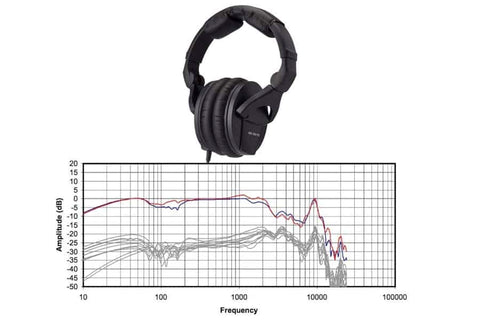
Monitor headphones are mainly used in production for monitoring while recording and for mixing audio. Monitoring involves analyzing the technical aspects of the sound. To achieve this the headphones need to be very sensitive to the sound of each instrument so that sound adjustments can be made easily.
A monitor headphones’ neutral frequency response is also perfect for mixing audio as it exhibits minimal emphasis or de-emphasis on certain frequencies. This is crucial as it allows the us to clearly hear the bass, mids, and highs without any “coloration”.
4. Regular Headphones v/s Monitor Headphones:
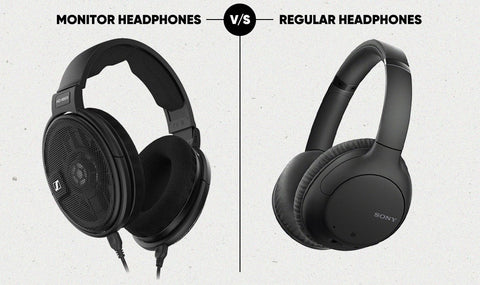
Monitor Headphones differ from regular headphones right from their design and manufacture. They utilize high quality and tolerance components to satisfy studio requirements. This makes them durable and also very comfortable.
They are capable of reproducing almost all the frequencies that a human ear can detect, which normal headphones can't. They also offer excellent sound isolation as compared to other headphones.
5. Open Back v/s Closed Back:
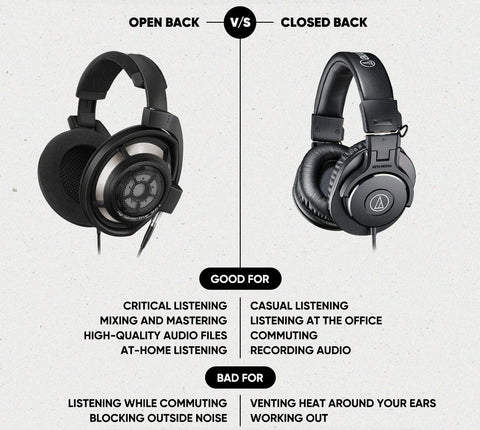
Closed back headphones have a chunkier and more significant look than open backs. They also ensure nobody listens to your music but you. It's always a preference with these two but for studio use closed backs are kings.
Same goes for people who want to peacefully enjoy music in public. Open back earphones are preferred if you want a comfortable feel and wish to use the headphones for a long duration.
TRC Recommended Monitor Headphones:
➡ Under 15K:
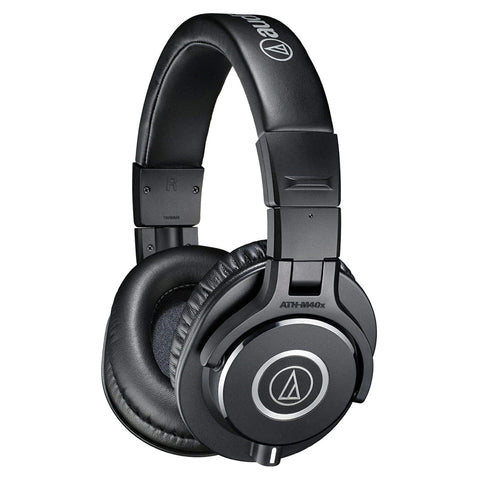
➡ 15K to 35K:
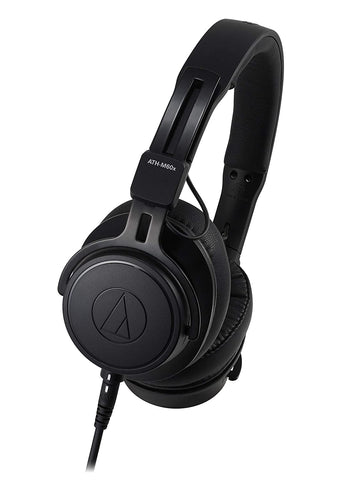
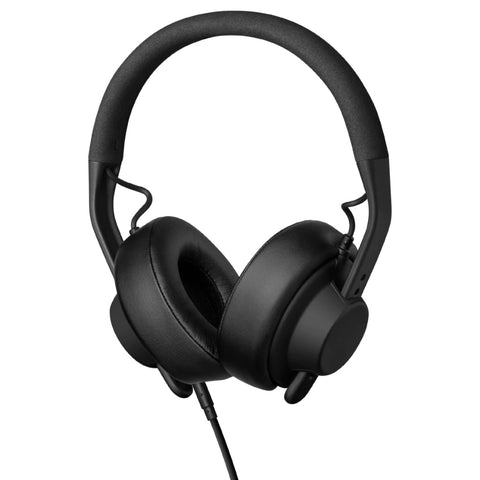
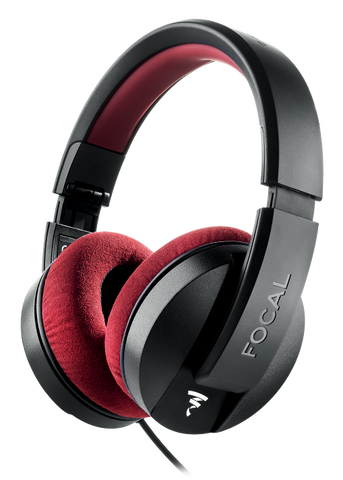
➡ Over 35K:
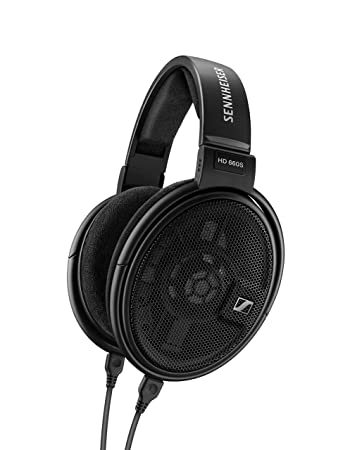
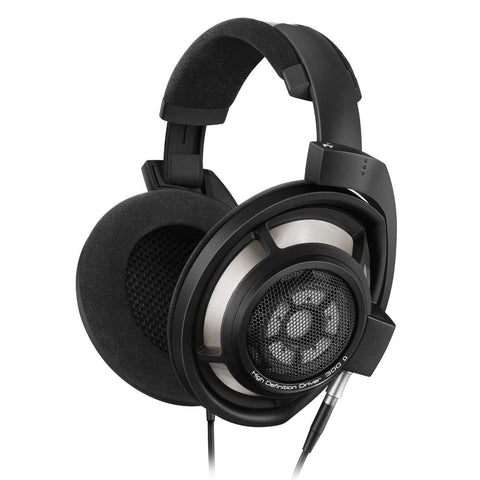
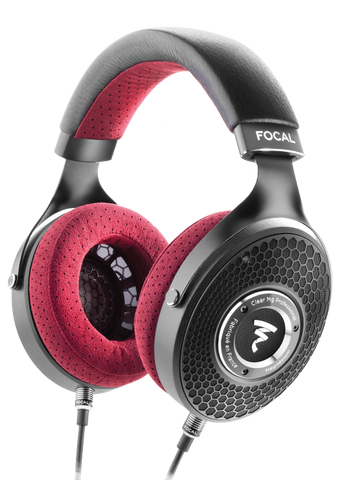
Read more: The Significance And The Power ‘Studio Monitors’ Hold

